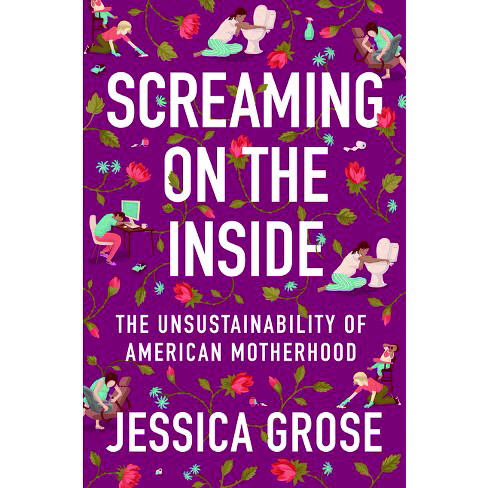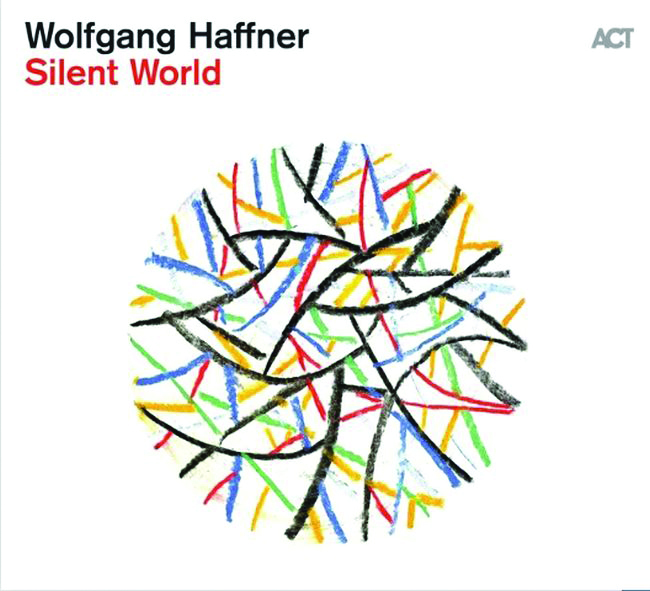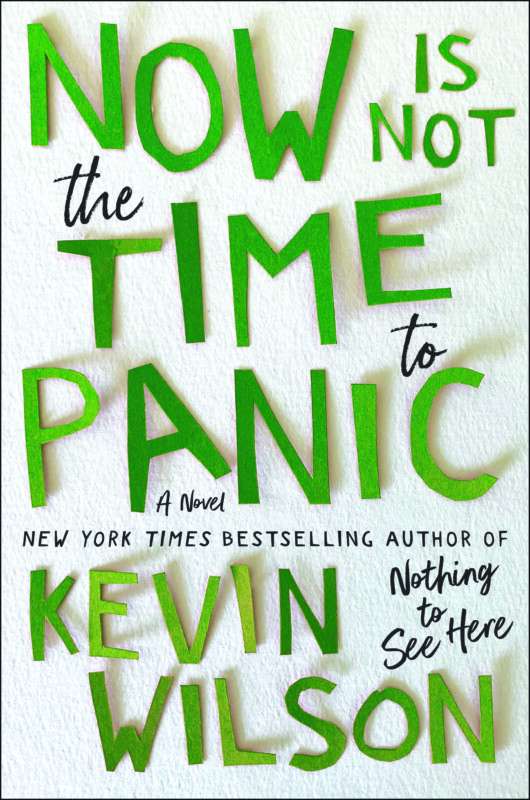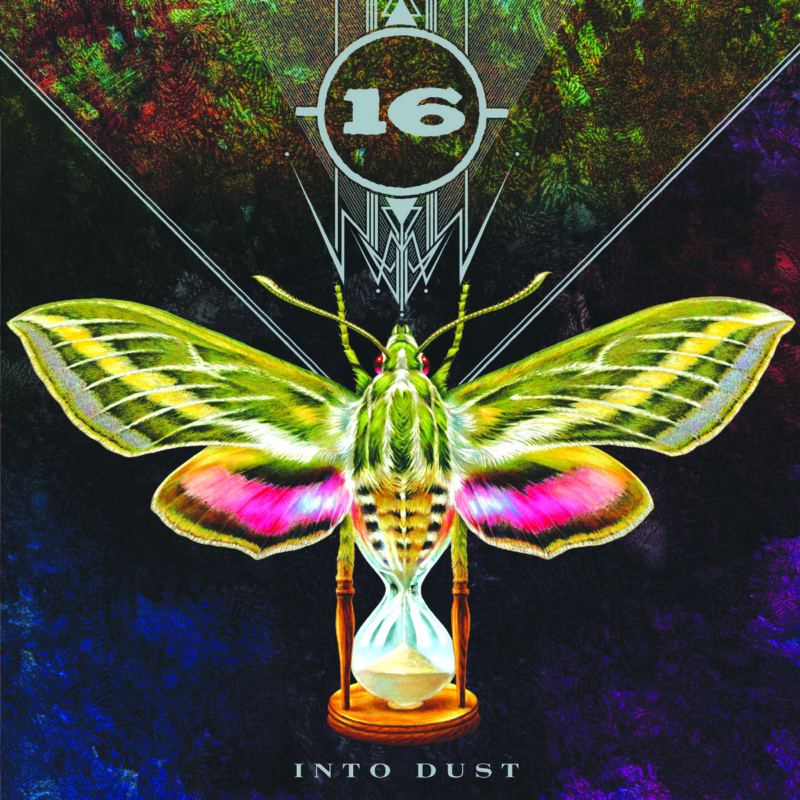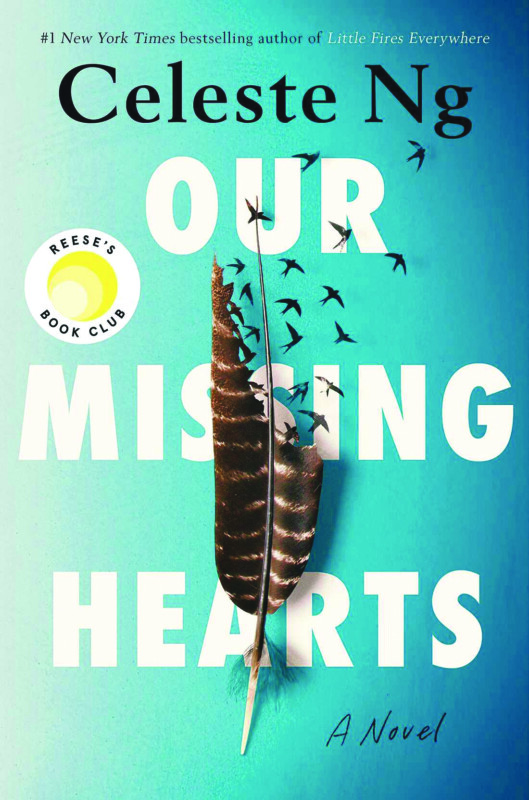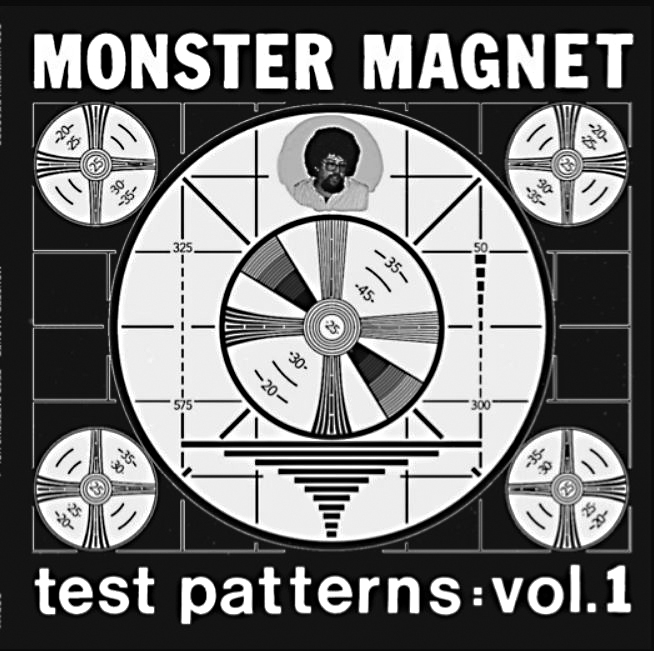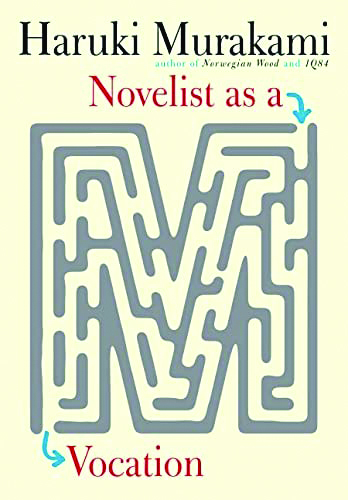Lady Chatterley’s Lover (R)
Emma Corrin, Jack O’Connell.
In this adaptation of a book that I feel like I should have read but probably won’t ever, dissatisfied Lady Chatterley, a.k.a. Connie Reid (Corrin), starts an affair with Oliver (O’Connell) the groundskeeper at her husband’s, Lord Clifford Chatterley (Matthew Duckett), big family estate. The pair got married during what sounds like a brief mid-World War I romance, after which Clifford returns to the front. After the war, he comes home paralyzed from the waist down and drags Connie from London out to the family’s country home. She seems initially interested in making the best of things, but Clifford is not interested in finding new ways to, uhm, show affection. He is, however, interested in having an heir — so long as Connie doesn’t catch feelings for the guy she chooses to hang out with for just long enough to get pregnant. Connie is actually appalled by this idea and increasingly annoyed by Clifford himself — first with his dumb literary friends as he tries to be a writer and then by the businessmen who appear when he decides to take over the running of the local mine. By the time we get to the “workers should be grateful for whatever crumbs we brush their way”-type discussion, we’re well out of sympathy for Clifford and just fine with Connie pursuing her affair with the kindhearted Oliver, who made it to lieutenant in the war but just wants the peace and quiet of groundskeeping.
This movie is very pretty and filled with lots of scenes that I think are supposed to be steamy and romantic of the pretty Corrin and the very pretty O’Connell in various states of undress. But the movie, which takes nearly 50 minutes of its more than two-hour run time to get to the Lover part of things, feels like it is running at .75 speed. We get a lot — A Lot — of scenes of people walking through fields at less than a brisk pace or just staring off into the middle distance or looking after someone who is leaving the shot. It’s maybe supposed to help build tension but mostly it made me want to fast-forward.
Joely Richardson shows up as a character who seems mainly like she’s supposed to deliver information but she does help to highlight some of the more interesting aspects of the movie. There is this whole post-war labor-management tension that runs through the story as well as some nods to the idea that, after the calamity of the war, maybe some prewar societal conventions are just less important to some people (Oliver seems to represent, to a degree, the idea that after the battlefield people might be less willing to just “know their place”). But the movie doesn’t do much more than present these ideas — you know, between long walks. B- Available on Netflix.
Descendant (PG)
This documentary from Higher Ground Productions (the Obamas’ production company) looks at the current residents of Africatown, a neighborhood near Mobile, Alabama. The community was founded by people who had been enslaved and transported to Alabama from Africa shortly before the start of the Civil War. The trip, which was an illegal smuggling operation some 50 years after the international slave trade had been outlawed in the U.S., ended with the people being offloaded from the ship, the Clotilda, which was then burned to hide the crime. After the Civil War, many of the Clotilda survivors and their families moved to Africatown, which is still home to many of their descendants. The documentary follows both the rediscovery of the Clotilda and the attempts by community members to memorialize their families’ histories and place them in the larger context of the calamity of slavery in the U.S.
The movie serves as a nice companion piece to Zora Neale Hurston’s book Barracoon, which was published in 2018. It features her 1927 interviews with Cudjoe Lewis, one of the last living survivors of the Clotilda. The movie focuses not only on the stories of the Clotilda survivors but also the way land grabs and indifferent zoning have led to Africatown’s being surrounded by industry and to the hollowing out of the area’s main street. As much as its story contains an important slice of American history, the community is shown as a vibrant, energetic and hopeful part of the present. A Available on Netflix.
Sr. (R)
Robert Downey Jr. makes a documentary about his father, the filmmaker Robert Downey Sr., who died in 2021. The movie features interviews with Sr. starting in about 2019 — and while Jr. put together his film, Sr. worked on his own cut. He also dealt with worsening health due to Parkinson’s disease, a situation that pushed Jr. to learn and discuss as much as he could with his father while they could still be together. While giving us the professional life of Downey Sr. (an idiosyncratic filmmaker in the 1960s through the mid aughts),the movie also tells an intergenerational story of a son (Jr.) attempting to embrace the good and make peace with the bad from his childhood while also raising his own children. The movie reminded me a bit of Dick Johnson Is Dead, another documentary about a filmmaker coming to terms with a father’s mortality. Sr. is incredibly sweet with Robert Downey Jr. being shockingly vulnerable and honest as he examines the relationship with a father he clearly loves and admires. A Available on Netflix.


